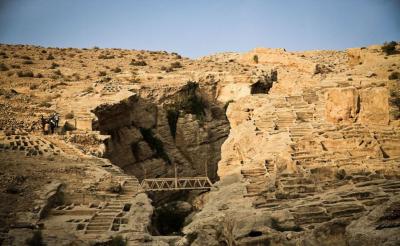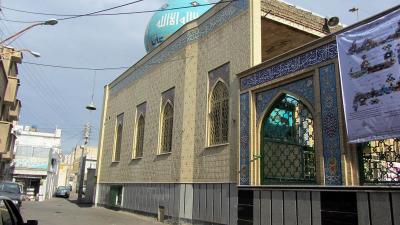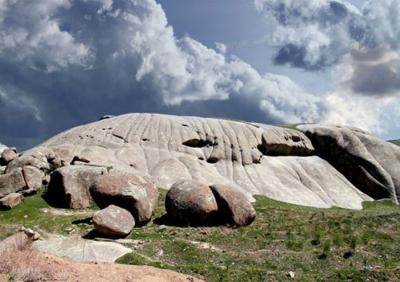Place
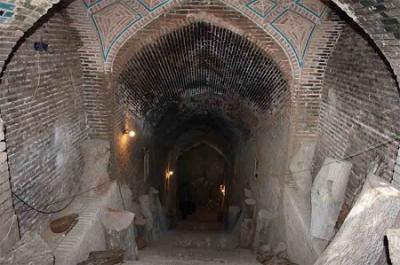
Hakim waterhouse was built by Haj Mirza Hakim, one of Qazvin's old doctors. There is an inscription in the cellar, which is written on a purple tile with a white line shows 1244 AH era and the poems on it are written by Juhari, a famous poet from Herat who lived in Qazvin.
Qazvin Province - Qazvin
1429
0
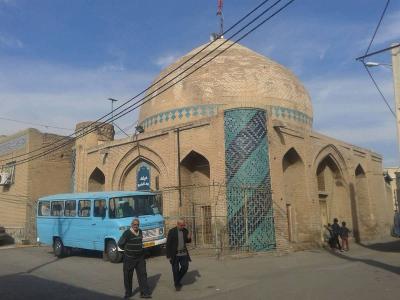 one of the oldest mosques in Qazvin
one of the oldest mosques in Qazvin
Sanjide mosque was built in the 6th AH century and is located in the neighbourhood named Rah Rey of Qazvin. Built in the Seljuk period, the mosque was registered on 1975 November 1, with registration number 1118 as one of Iran's national monuments.
Qazvin Province - Qazvin
1395
0
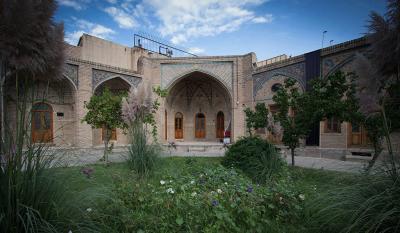
Sheikh al-Islam School and Mosque
Sheikh al-Islam school-mosque was made by Mirza Masoud Sheikh al-Islame Qazvini in 1321 AH and has been added to the old school (for the past centery).
Qazvin Province - Qazvin
1913
0
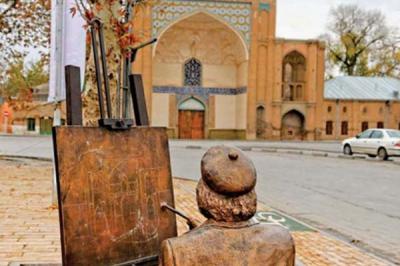 the first designed Iranian street
the first designed Iranian street
Sepah Street is located in front of Ali Qupo entrance and leads to Sepah intersection. Jumeh mosque, Sheikh al-Islam School Mosque, Sepah Bazaar and Abutorabi’s historical house, are around it.Sepah Street is considered the oldest modern street in Iran. It is a pavement from the top to the bottom and as far as we know it has not retreated or enlarged since construction. That means the individual trees and shops you see on this street have historical value.
Qazvin Province - Qazvin
2378
0
 A cave belonging to the third period of geology
A cave belonging to the third period of geology
The cave in which the objects and historical tools had discovered, the geologists assume that they belong to the third era of geology. The cave’s intrance is faced to the southeast. Its height is about 8 meters and its width is about 9 meters and has a semi-circular style.
Qazvin Province - Qazvin
1962
0
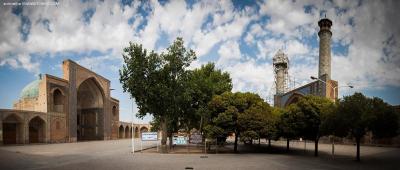 one of the oldest jameh mosques in Iran
one of the oldest jameh mosques in Iran
Jameh Mosque of Qazvin is one of the largest mosques in Iran and the oldest Jameh mosque in Iran. Its first building was built on fireplaces from the Sasanid era. The fire was placed in the south of the porch. Atigh Jameh Mosque is a four-porch style mosque which was built on the order of Aaron al-Rashid, built in 192 AH.
Qazvin Province - Qazvin
2708
0
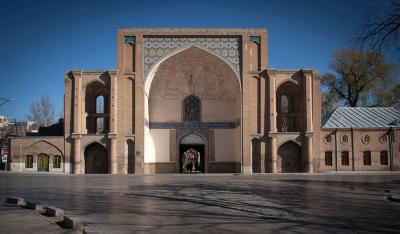 A collection of Safavid palaces and gardens
A collection of Safavid palaces and gardens
The Safavid Government was a collection of Safavid palaces and gardens with seven entrances. The complex is now 85,000 square meters.The complex was a kind of Safavid government built in two floors. The second floor was the status of women's sculptor, and the first floor was the status of government.
Qazvin Province - Qazvin
2526
0
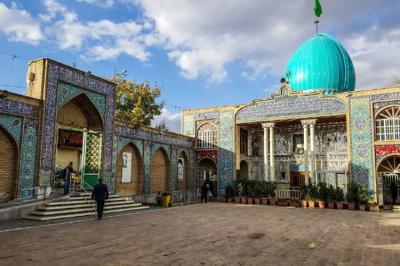
This holy place is located on the west side of Qazvin's Chehelsotun Palace on Peyghambarieh Street. Also nearby there are works of art such as the Sa'ad al-Saltanah and the Masjed al-Nabi. The tomb of the four prophets is one of the monument that dates back to pre-Islamic times and even to Christianity. its religious value is very important, because of the burial of four Bani Israeli prophets called "Salam", "Salom", "Sahouli" and "Akhalia" .
Qazvin Province - Qazvin
2790
0
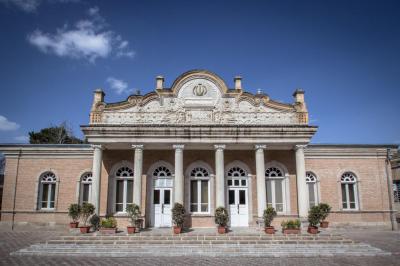
Municipality Mansion Of Qazvin
The first building of the municipality of IranMunicipality Mansion is the first municipal building in Iran that belongs to the Qajar dynasty and the Qazvin Municipality complex (now called Baladiyeh Museum) was built and owned by the Russian company named Shoosheh.
Qazvin Province - Qazvin
2425
0
Copyright © 2025 To YaldaMedTour. All Rights Reserved.
![]()
